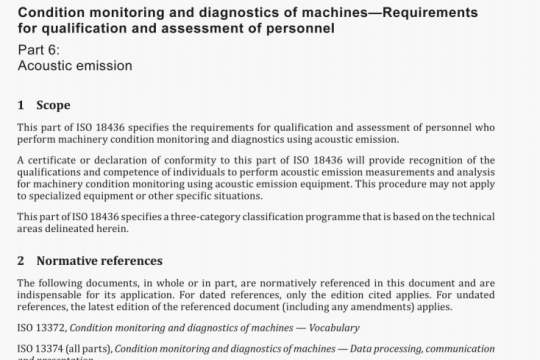ISO TR 80002-2:2017 pdf free
ISO TR 80002-2:2017 pdf free.Medical device software – Validation of software for medical device quality systems
Critical thinking results in a validation solution that establishes compliance for a manufacturer,ensures that the software is safe for use, results in documented evidence that is deemed appropriate and adequate by reviewers, and results in a scenario in which individuals performing the validation work feels that the effort adds value and represents the most efficient way to reach the desired results.
Annex C presents example studies demonstrating how critical thinking can be applied to software validation of software used in medical device quality systems in a variety of situations, including different complexities, pedigrees and risk levels.
Throughout the life cycle of software for medical device quality systems, appropriate controls need to be in place to ensure that the software performs as intended. Incorporation of critical thinking and application of selected confidence-building activities result in establishing and maintaining a validated
state of the software. Figure 1 depicts a conceptual view of typical activities and controls that are part of the life cycle from the moment the decision is made to automate a process until the software is retired or is no longer used for medical device quality systems. Although Figure 1 depicts a sequential model, in reality, the process is of an iterative nature as elements are defined, risks are identified and critical thinking is applied.
When developing software for use in the medical device quality system, a fundamental confidence-building activity to be selected from the toolbox is the choice of software development life-cycle model.The model chosen should include critical thinking activities that enable the selection of other appropriate tools during various life-cycle activities. The results of the analyses and evaluations used drive the selection of the most meaningful set of confidence-building activities to ensure that the software performs as intended. This document does not mean to imply or prescribe the use of any particular software development model. For simplicity, however, the remainder of this document explains the concepts of critical thinking within the context of a waterfall development model using generic names for the phases. Other software development models (e.g. iterative, spiral) can certainly be used as long as critical thinking and the application of appropriate tools are incorporated into the model.ISO TR 80002-2 pdf download.




